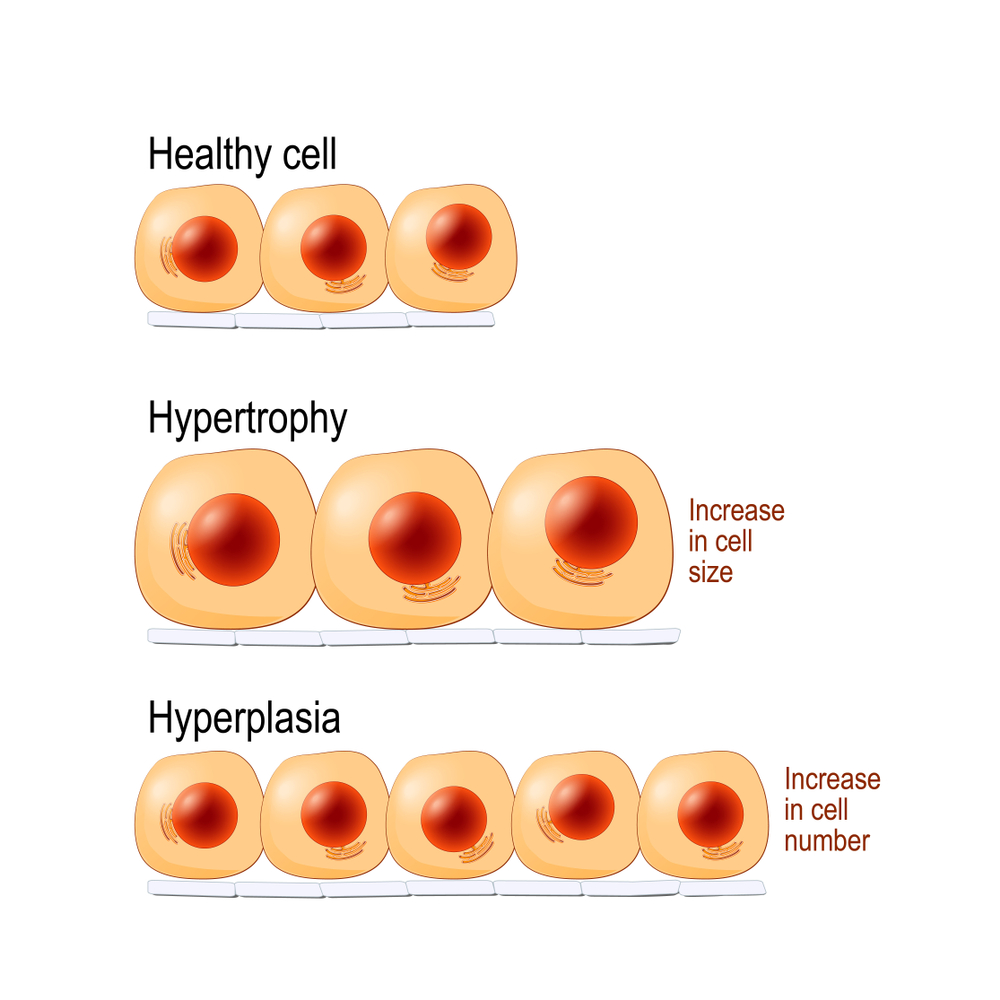Get out of your comfort zone and bring the intensity that drives real gains, everybody knows this guy in the gym. A lot of us have been this guy in the gym. He’s hitting his ten reps, ten reps, ten reps like clockwork. Maybe he’s nothing his progress in a little notebook he keeps.
"You will not punch anyone with your ABS!"
He’s strong, he’s focused, he’s serious. But here’s the thing. He never changes. He always looks the same. His workout is strategically sound, but it lacks intensity. And because of this, he’s not making any progress. More and more, researchers who study this kind of thing are nothing the importance of workout intensity, of switching things up and getting out of your comfort zone.
Their conclusion is simple: Paying close attention to the intensity at which you are training and manipulating it in ways to jump-start desired changes to your muscles is critical. Keep in mind that we’re not talking about howling in agony and throwing barbells to the ground. Leave that to the showboats. We’re talking about moderating your sets, reps, and poundages to meet specific strength and size goals.
Let’s take a look at the science.
Importance of resistance training intensity and key intramuscular changes intensity in resistance training is determined in two primary ways: percentage of your one-repetition maximum (%1RM) or repetition maximum (RM). The first is simply taking a straight percentage of whatever your one-repetition maximum (1RM). Your 1RM is the highest amount of weight you can complete with excellent technique as well as good control over the weight. If this number is 200 pounds for a given exercise and you want to train at an intensity of 70% 1RM, you will be using 140 pounds for that exercise (200 x 0.7 = 140). From here, intensity prescriptions using %1RM can vary from 60 – 100% RM depending on the exercise goal. If you want to gain more muscle, the prescription typically involves performing multiple sets (3 – 4 sets) in repetition ranges of 8 – 12 repetitions at 65 – 80% 1RM. Overall, scientists will commonly refer to this as higher volume training because you end up performing a much higher total number of repetitions at resistance levels that are far from insignificant.
Hypetrophy is nothing more than increasing size of cells - here we mainly mean muscle cells of course!
If the goal is a strength, the prescription changes slightly. In short, the numbers of sets may go up (4 – 8 sets, or more), the repetition number will decrease (2 – 8 repetitions) and the %1RM will go up to areas around (80 – 95% 1RM). Here the focus zeroes in on quality repetitions rather than instigating metabolic and neuromuscular fatigue as what is often the outcome for growth or hypertrophy training.
The other means of monitoring intensity is with repetition maximums (RM). Essentially, it’s the same concept but with fewer numbers and a more instinctive approach. Training according to RM means that you end up selecting a weight that leads to muscular failure within a certain number of repetitions. Hence, the maximum number of repetitions that can be performed at any given level of resistance. Again, if hypertrophy is the goal, a common RM is 10- 15 reps and if maximal strength is the goal, an RM of 2 – 8 reps is often the goal.
Years of research and examining the changes in strength and muscle mass tell us that the numbers provided in this article are excellent starting points to instigate these changes. As with anything related to the human body, these ranges are simply ranges or guidelines. A myriad of factors dictates exactly how one person changes and for this reason, it’s commonly suggested for slight changes to occur for a number of different variables.
Eight untrained men around 28 years of age complete two different resistance training workouts using the leg press exercise. One workout was a “hypertrophy” workout and consisted of 5 sets of 10 repetitions at a moderate intensity of 60 – 80% and was equivalent to a 10RM load. The other “strength” workout is consistent with 15 sets of 1 repetition at 100% 1RM. All of the subjects completed both workouts approximately one week apart and has muscle samples removed from their thighs before and 30 min after they completed each workout. The researchers also removed muscle samples at the same times from a group of similar men who didn’t perform any resistance exercise (aka, the control group). Inside the muscle samples, the researchers examined the activation changes and content of a number of proteins known to be related to muscle growth. For starters, both styles of workouts activated key proteins related to muscle growth to levels that were anywhere from 2 – 16 times greater when compared to the control group. But it should be mentioned that greater higher activation levels were seen when the hypertrophy workout was completed. Furthermore, some additional proteins appeared to only be activated after the “hypertrophy/growth” workout.
These findings are awesome and important because they show scientists just exactly how certain prescriptions of resistance exercise are working inside the muscle. As our understanding grows, so too will the prescription of exercise to be more and more effective. Does this mean that the “strength” prescription was worthless or second-rate? Absolutely not! It simply means (somewhat as expected) that when prescriptions of resistance exercise are changed to initiate more of a growth response that the activation of key muscle growth proteins is, in fact, greater and provides valuable information to explain how muscle growth occurs.
In summary
When training for muscle growth, the weights must be heavy (65 – 80% of the maximum weight you can handle), you must complete a relatively high number of repetitions (3 – 5 sets of 10 – 15 repetitions) and it wouldn’t hurt to keep your rest to a minimum (60 – 90 seconds).
Be creative. Shake things up if you want different and better results!






